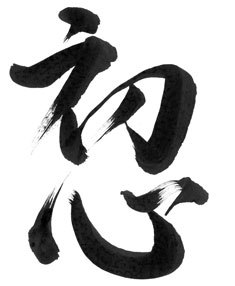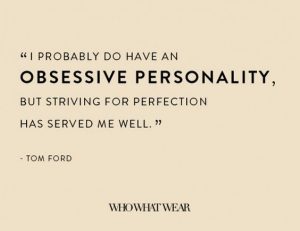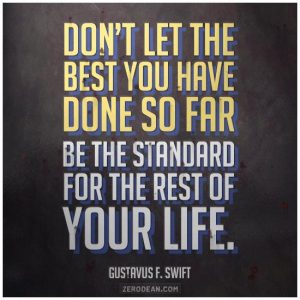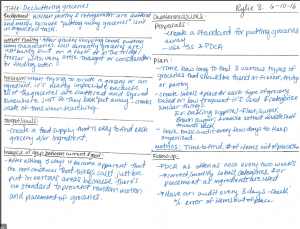In Zen Buddhism they have this concept known as “shoshin” or the “beginners mind”. The beginner’s mind is one of endless possibilities and connections to be made. It is the biases we learn over time that limit our ability to think outside the box.
I am currently in the beginning of my Lean journey and I want to always keep it that way. From here, I see an infinite set of paths to be followed that will lead me to success and the continuous improvement of both my professional and personal self. When striving to be successful, there are a lot of mental roadblocks that can get in your way. Fear and worry are natural occurrences, but it is what you do with these feelings that really matters. If you go forth with excitement, using these feelings as motivators instead of detriments, you will find yourself doing things you never expected to do (climbing that mountain, boarding that plane, nailing that proposal!). The brain is something that can always be rewired, so if you spend your time going forth positively, new connections will be created and you will spend less of your time anxious about things that cause you more harm by overthinking about them than the actual task itself.
Growing up I was taught to live my life by the Wiccan principle known as “The Power of 3”. This is the concept that whatever thoughts/energies/ideas/actions you put into the world will come back to you threefold over time. Think outside of the box! If you put creativity out there, you will find yourself feeling more creative in the future. Put understanding out there and you will find yourself being understood (even if it needs a little explanation). If you find yourself always moving forward, you will find yourself leagues ahead of the competition. Lean is a journey, as is life. If you’re always curious, always live in a shoshin-like state, new things will be discovered every day.









